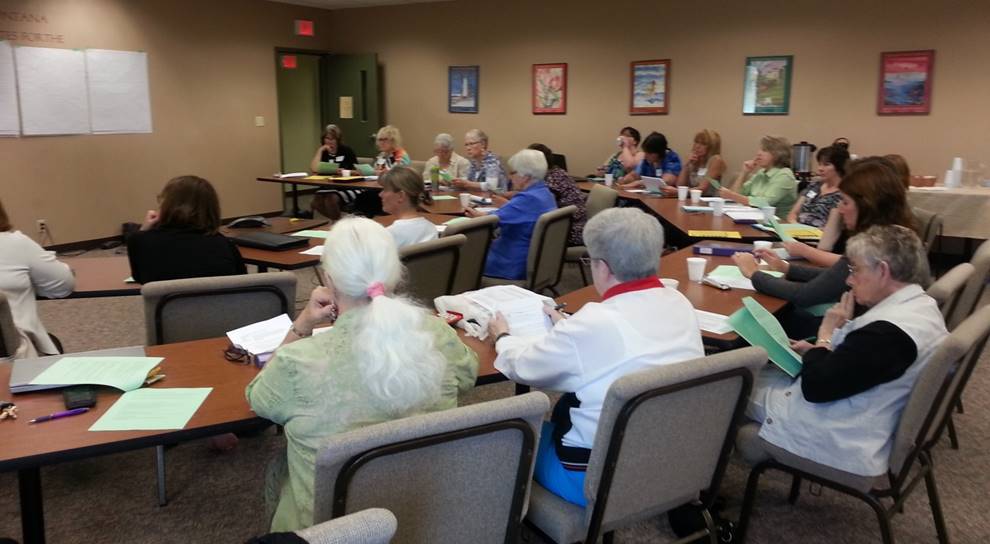Regular updates to PFAs and PFACs about a project’s progress and study findings and informing them of the impact their participation had on a project is important to preserving trust, sustaining relationships, and maintaining interest during less active research phases and between meetings or projects. Minimally, researchers should update advisors who have participated in earlier project phases at least once during each stage of a project to share progress, request their input, gather new ideas, and discuss opportunities to partner in the future. This is true even if advisors only collaborated in one meeting with researchers. Staff liaisons, chairs of PFACs or committees, and individual PFAs can set the expectation for ongoing communication before they commit to partnering with researchers.
Many PFAs who have experience participating at a deeper level on an individual research project say that it is difficult when the project ends and they are no longer needed. They became invested in the topic and the process but unlike researchers who continue their position, a PFA’s role typically ends at the completion of a project. To overcome this challenge, researchers and PFAs can:
- Identify ways to maintain communication.
- Determine how PFAs can participate in post-project dissemination activities.
- Look ahead to future research topics and projects ideas for potential roles.
You can use more traditional methods to stay connected including information sheets, newsletters, and thank you notes via mail and meetings. You can also leverage social media and other technology to enhance partnerships during and after projects. There are two main types of networks you can create to keep connected: social and scholarly networks.
Social networks are less formal means to stay connected and provide opportunities for PFAs and researchers to engage in discussion forums, share stories, and celebrate accomplishments. However, social networks are always at risk for losing traction unless there is someone who oversees it and ensures there are regular posts. These networks are appropriate for all PFAs who want to stay informed and engaged in research. Some projects use Twitter, Facebook (private page only), Instagram, and project-related blogs.
Scholarly networks are typically formal and closed networks for sharing project announcements and updates, articles, and findings. There may or may not be interactive capabilities that enable members to add to the body of work by reviewing data, sharing ideas, adding information, and editing documents. These networks are more appropriate for PFAs who participate as research team members. Projects have used Google Docs, project websites, and webinars for creating scholarly networks.
Highlight from the Field: Billings Clinic Center for Clinical Translational Research

Billings Clinic in Montana was awarded a PCORI grant to develop a statewide approach to improve the lives of people living with Alzheimer’s Disease and Related Dementias (ADRD) and their caregivers. The study design involved convening a statewide advisory board and gathering information at community town halls at multiple locations across the state. The geographical size of Montana as well as the difficulty for those with ADRD and their caregivers to attend meetings posed challenges for ongoing in-person meetings. The solution was to create phone and online meeting options for community members. The online-based communication hubs, including e-surveys, e-discussions, and virtual meetings, were well received and utilized throughout the one-year study.